The journey to Bowdoin College Grant West Township isn’t simple: A three-hour drive from Portland, almost an hourlong ride on logging roads, then a quick paddle across a remote pond before a 1.3-mile hike up to the base of 3,500-foot Baker Mountain. All of this in search of a fish that measures 4 to 9 inches long.
But what a fish it is, thriving in the remote ponds of the Moosehead Lake Region.
“I’ve guided fishermen for brook trout from as far away as Israel. The fish is the reason they came here. That and to see moose,” said Larry Farrington, president of the Moosehead Lake Fisheries Coalition, where wild brook trout thrive in dozens of tiny ponds, such as those around Baker Mountain.
“I’m going to say 60 percent of the people that come to Moosehead Lake want to catch a wild brook trout. I don’t know why, maybe it’s the coloration of the fish, the beauty of the fish. Or maybe it’s because where they come from they can’t.”
In January, the Appalachian Mountain Club, with help from The Nature Conservancy, preserved 4,311 acres around Baker Mountain to protect the headwaters of the West Branch of the Pleasant River – prime habitat for native brook trout.
“The only other places I can think of with similar intact watersheds located on conservation lands are in Baxter State Park and the Deboullie Public Reserved Lands,” said Jeff Reardon, Trout Unlimited’s brook trout study director. “Once you get outside Maine, you wouldn’t find a watershed like that. You’d find isolated streams. But protecting the whole thing, that’s pretty unique.”
Since 2003, AMC has slowly acquired as much as 70,000 acres in the 100-Mile Wilderness region near the Appalachian Trail and has refurbished three old sporting camps there for ecotourism. The most recent land acquisition ensures miles of hiking trails and paddling possibilities in Maine’s wild forestland – as well as protection of a wild game fish that has distinguished Maine.
A 2006 study found Maine contains more than 97 percent of the intact lake and pond brook trout in the eastern United States.
“A big chunk of the people from away coming up here to brook trout fish are coming for something that doesn’t exist anywhere else like it does here: these largely intact native populations,” Reardon said. “Outside of Alaska or Canada, that’s very unique.”
One reason Maine’s wild brook trout are special is the fish here date back to the last ice age, when glaciers retreated and the brook trout were one of the few fish to recolonize the fresh water.
Regional fisheries biologist Tim Obrey in the Moosehead Region said the brookie is a finicky fish with particular needs, one that depends on the purity of the ponds and of the springs that feed the ponds.
“Any kind of disturbance of the groundwater impacts the springs that flow into the pond. It really is a watershed issue. They are a very sensitive fish,” Obrey said. “That cluster of ponds in the (Baker Mountain) area, it’s one nucleus of some really quality trout ponds. To have that locked up, you don’t have to worry about road development, excessive timber harvest, camp development. That assures the brook trout will be around for a very long time.”
The cost of the land acquisition project was $2.4 million, according to AMC. There are no hiking trails up Baker Mountain, the tallest mountain between the Bigelow Range and Mount Katahdin, though AMC is considering one.
For now it’s just a looming presence in the middle of a vast forest full of tiny ponds.
“It’s everywhere you go, looking down,” said Casey Mealey, a guide with AMC who leads fishermen into these brook trout waters.
Last week Mealey walked to Baker Pond along an abandoned logging road. High grass and wildflowers grow on the sides and even in the middle of the old road, a reminder that development here is no longer a threat.
While moose and bear scat are everywhere around Baker Mountain, signs of people are not.
Dozens of ponds around the mountain have the attributes brookies favor: clean water and no competition from other fish species. Just insects for food – and the fly on the end of your line.
“If you’re fishing for native wild brook trout, you know you’re in a wild place. The fish says something about where you are,” Mealey said.
Send questions/comments to the editors.


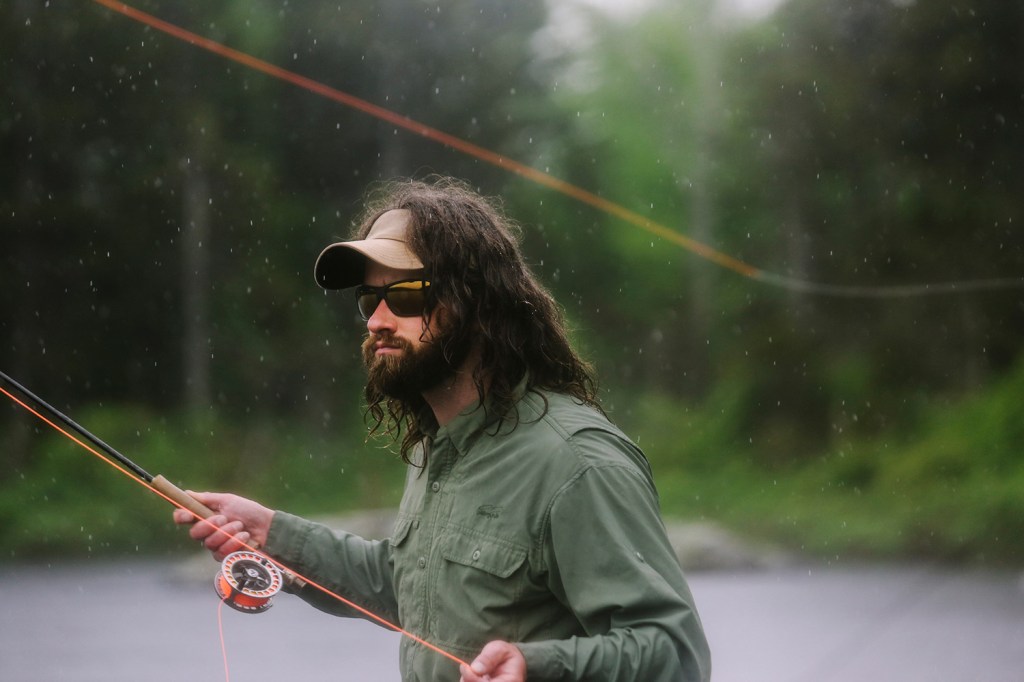
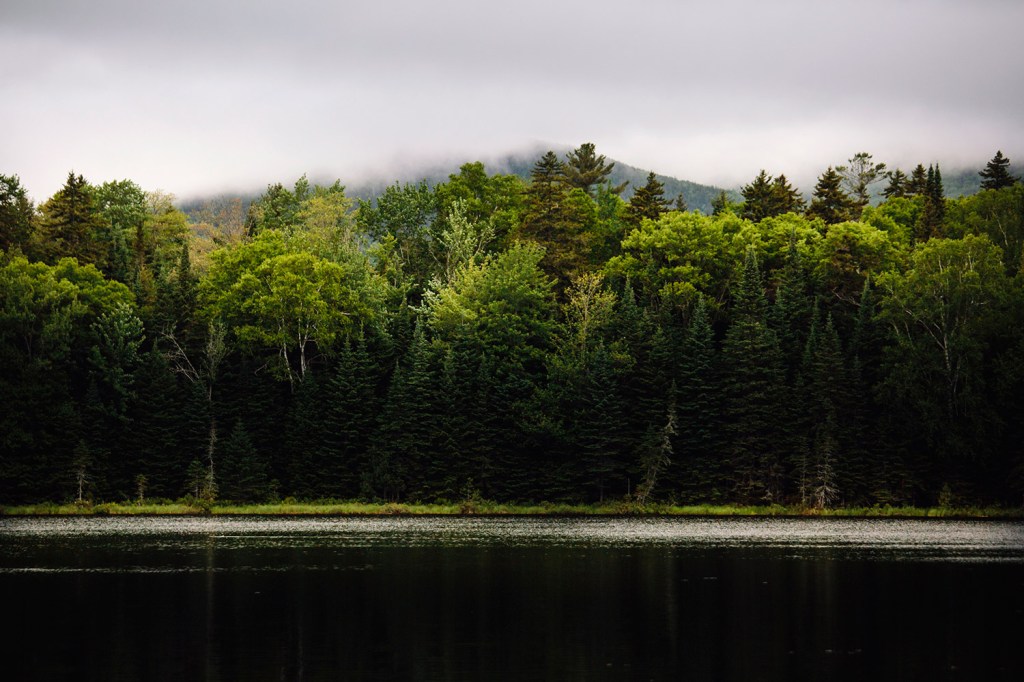
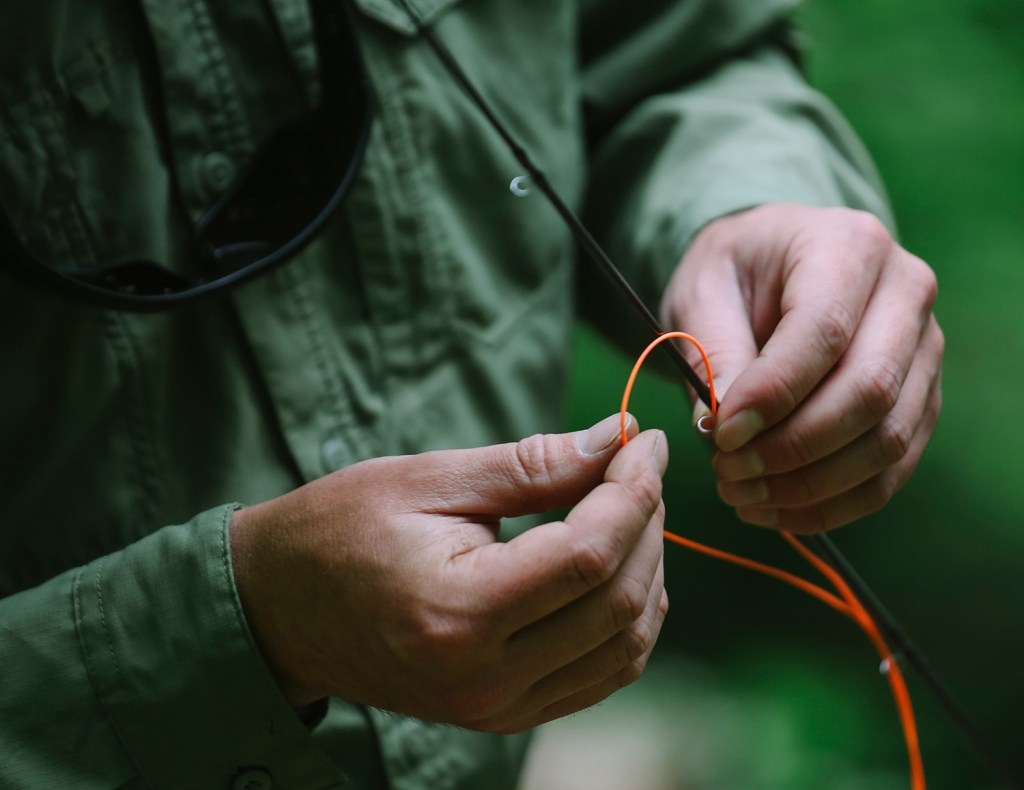
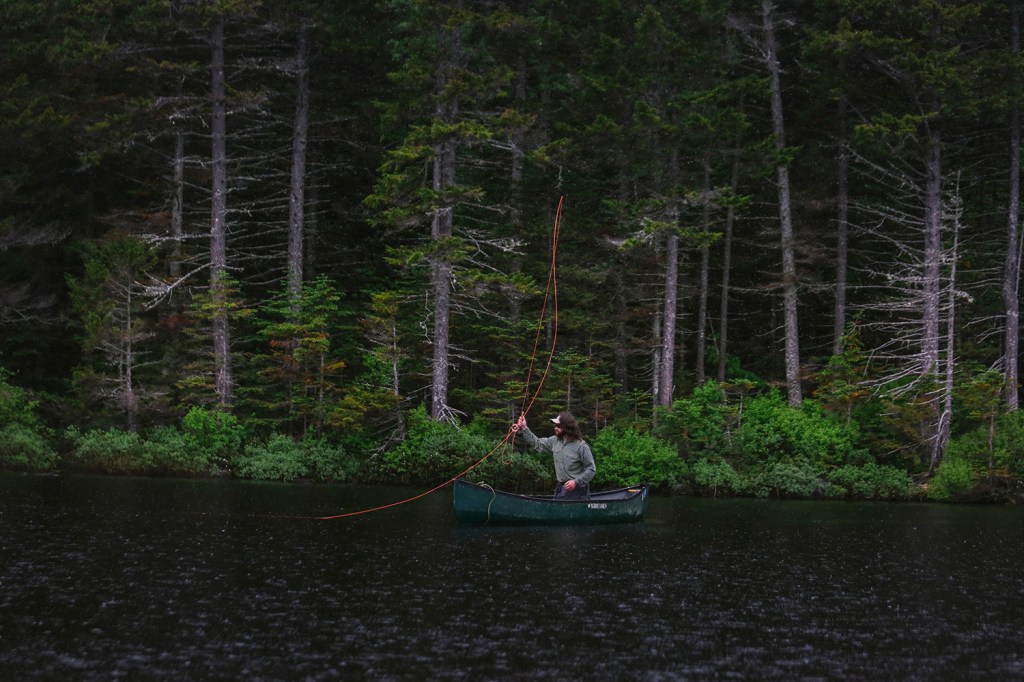
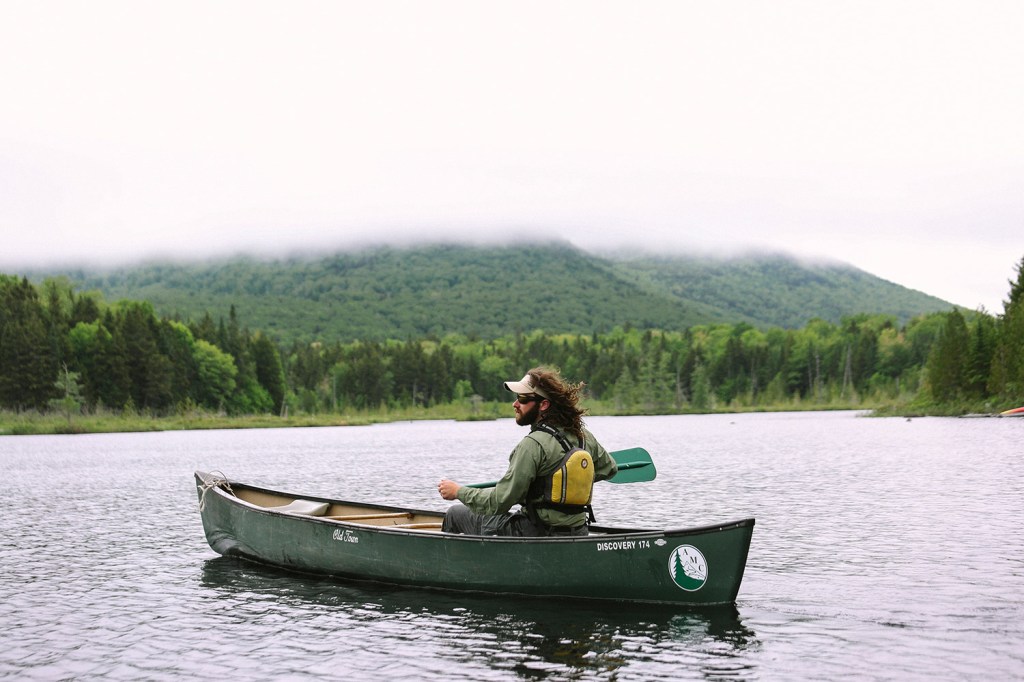
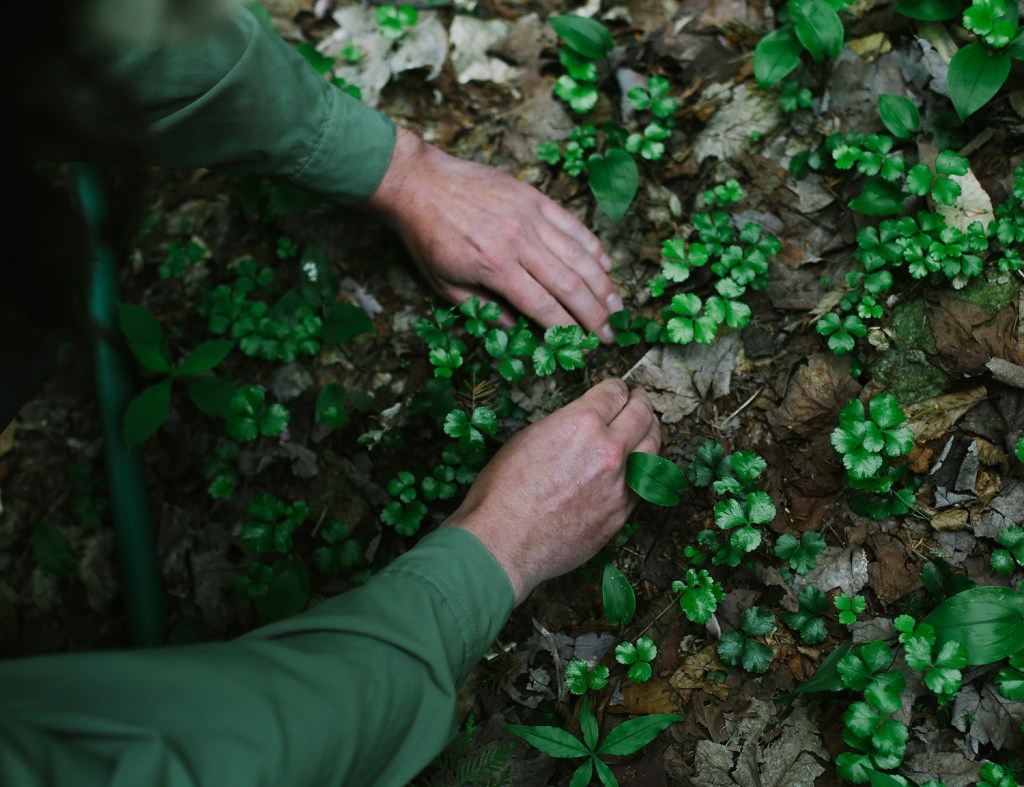
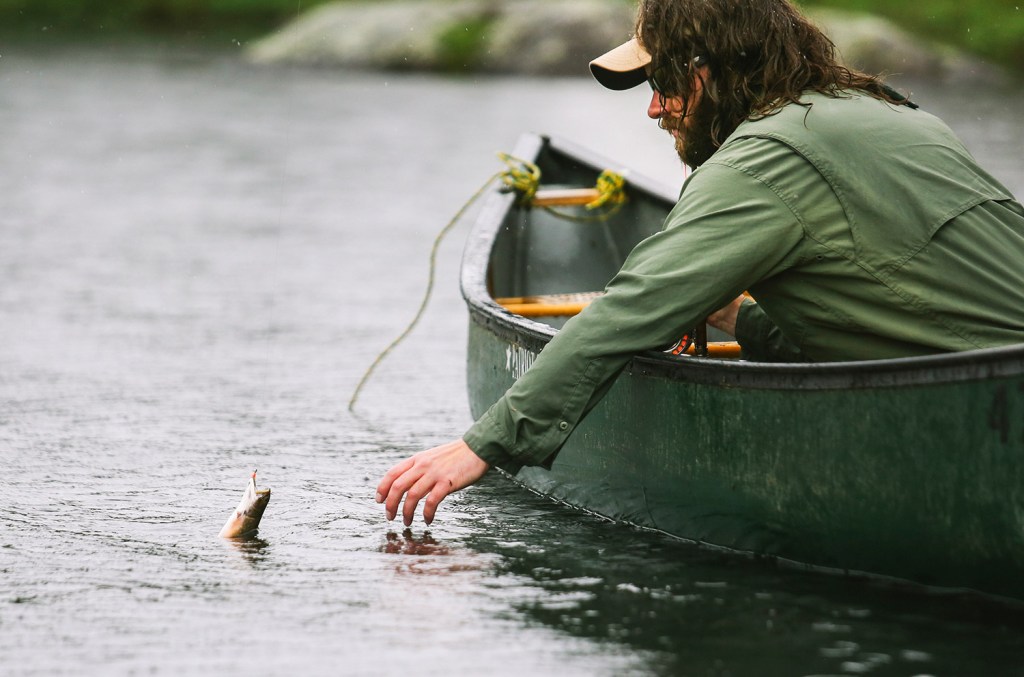
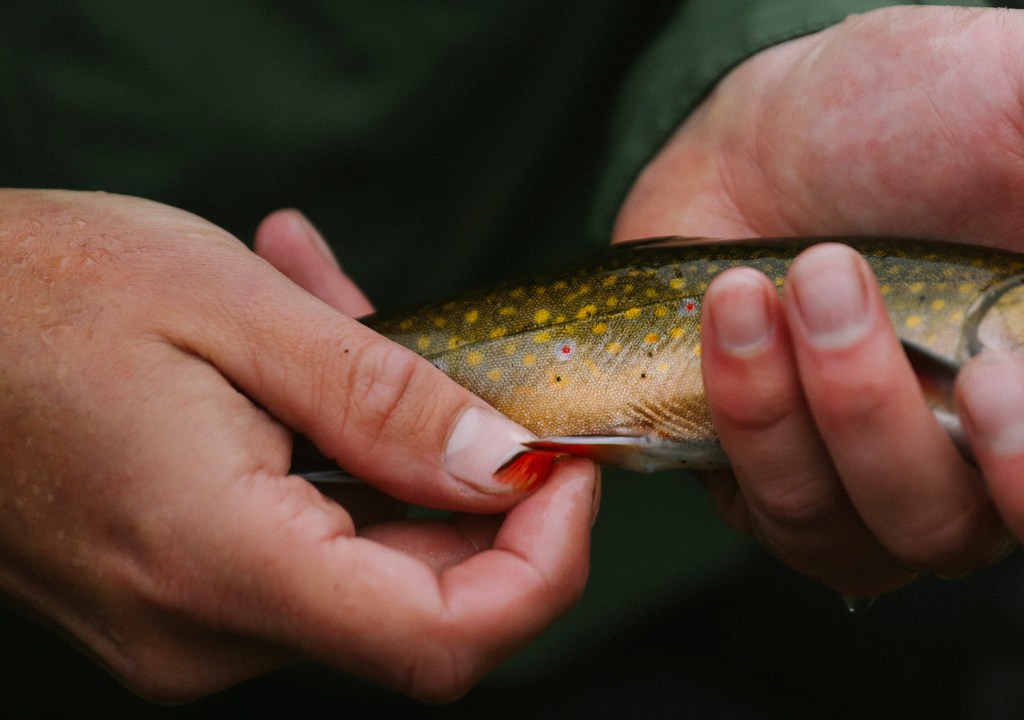
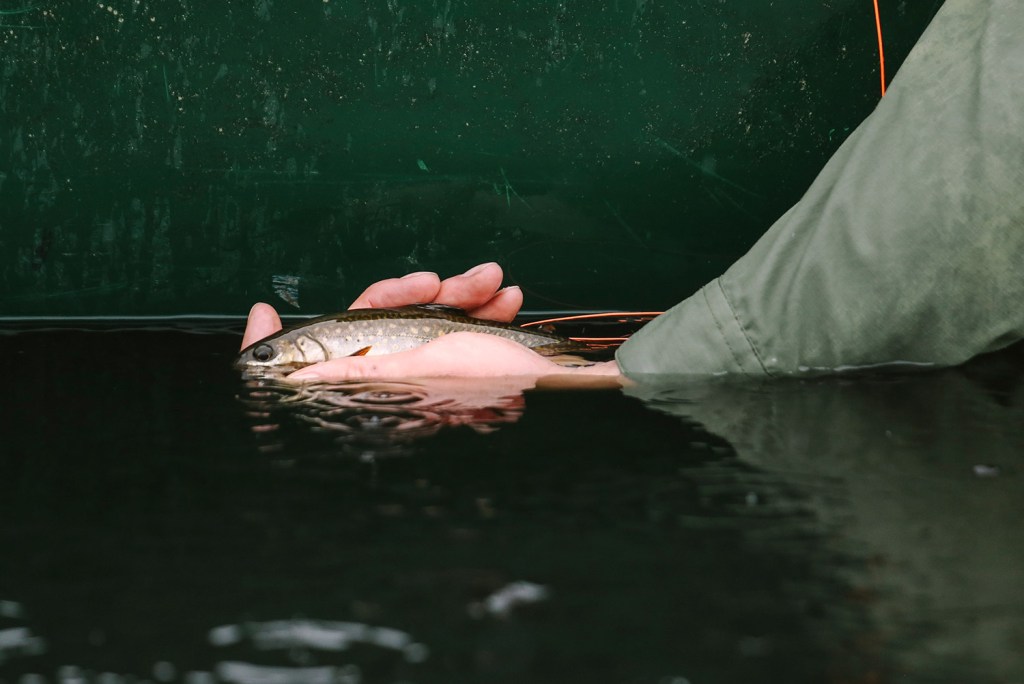
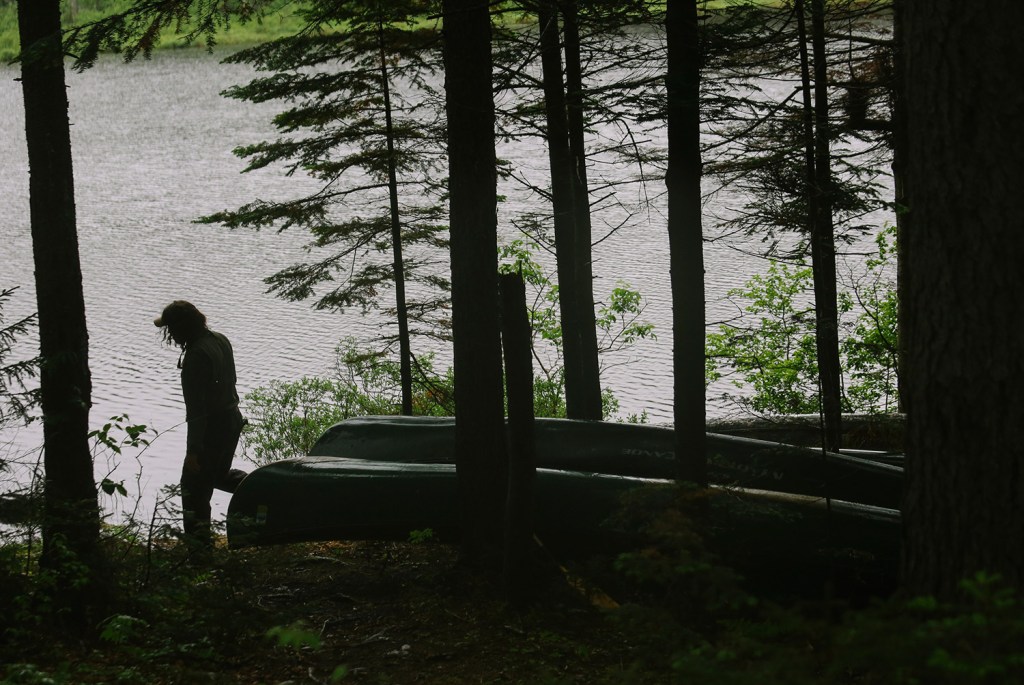



Success. Please wait for the page to reload. If the page does not reload within 5 seconds, please refresh the page.
Enter your email and password to access comments.
Hi, to comment on stories you must . This profile is in addition to your subscription and website login.
Already have a commenting profile? .
Invalid username/password.
Please check your email to confirm and complete your registration.
Only subscribers are eligible to post comments. Please subscribe or login first for digital access. Here’s why.
Use the form below to reset your password. When you've submitted your account email, we will send an email with a reset code.